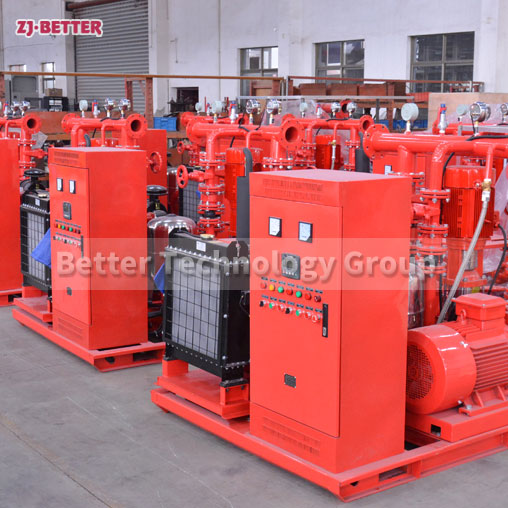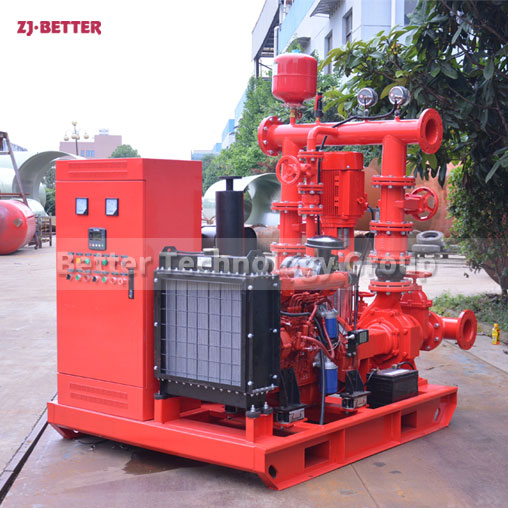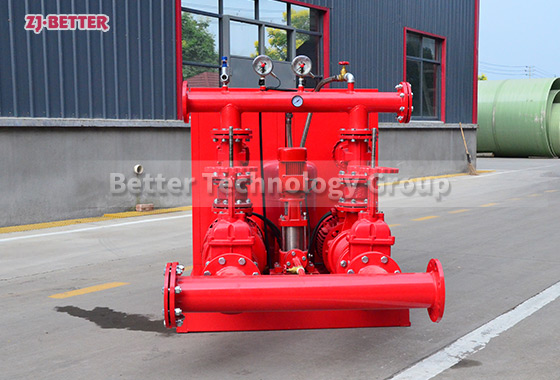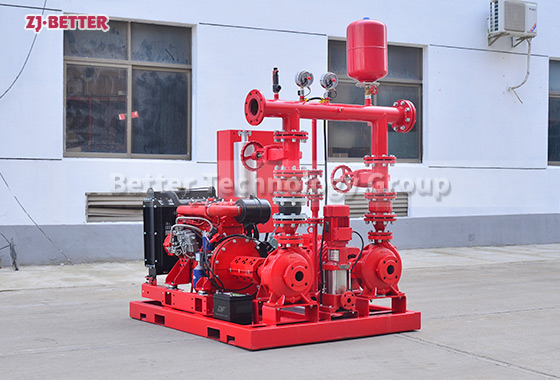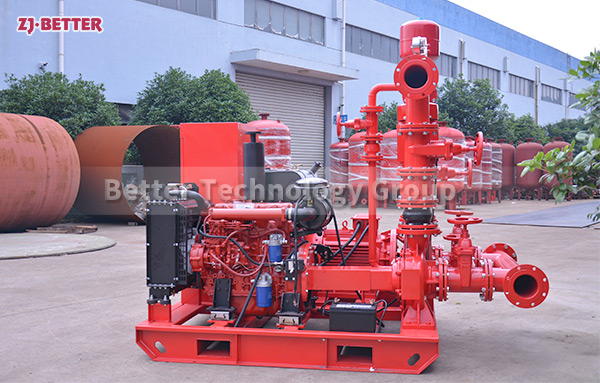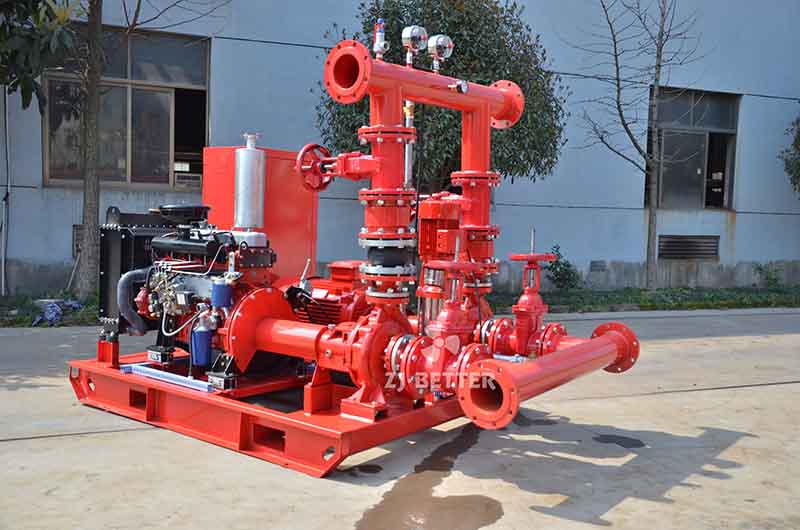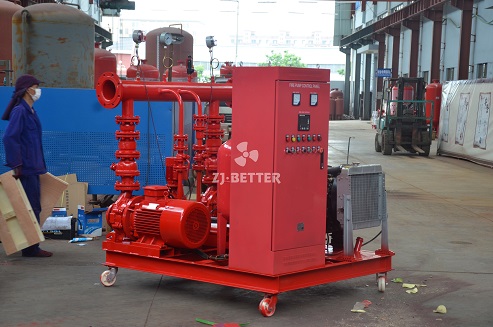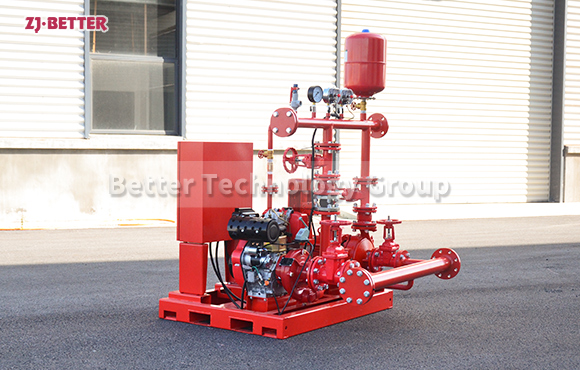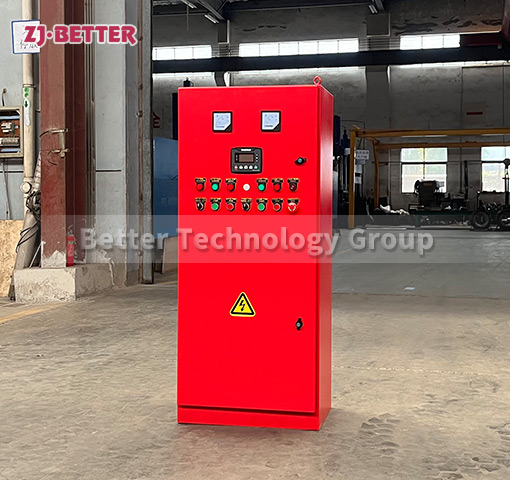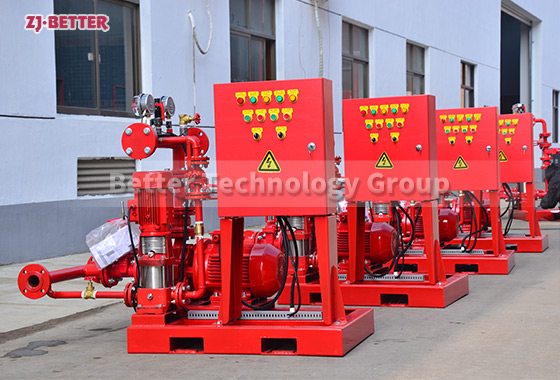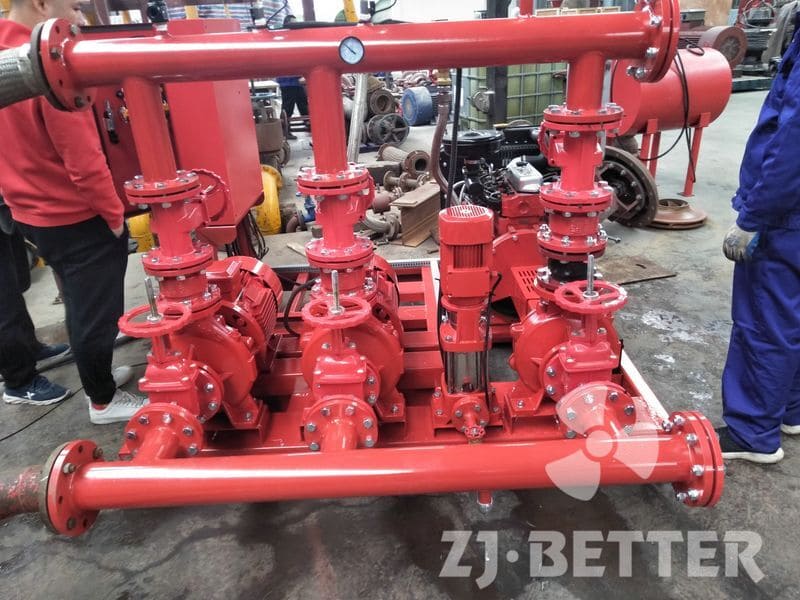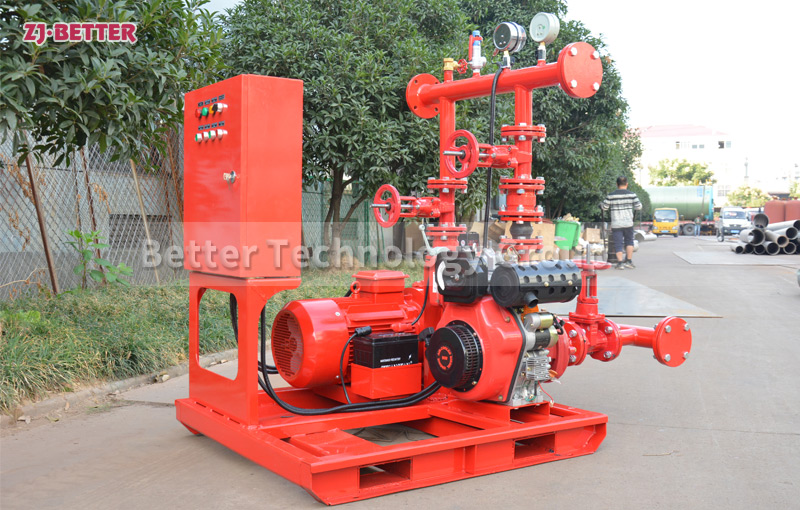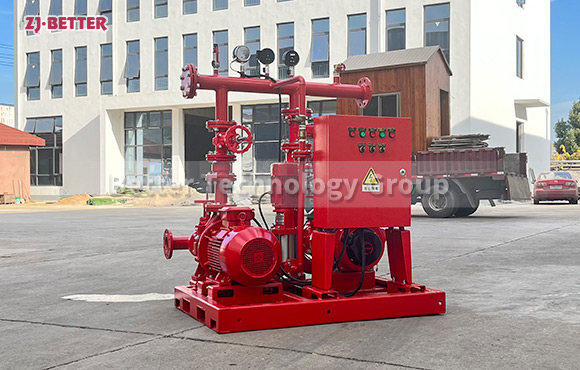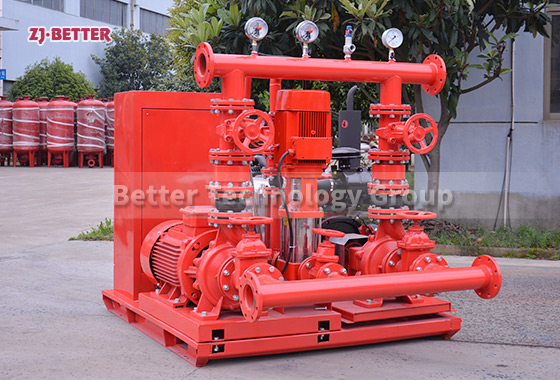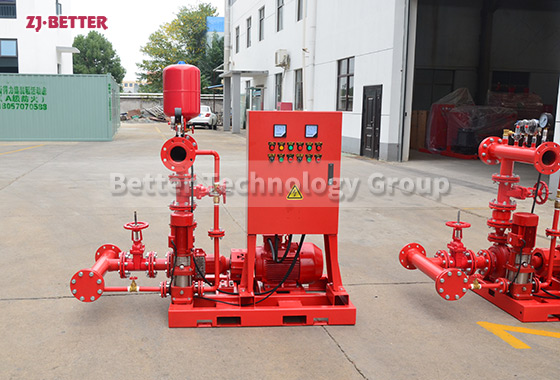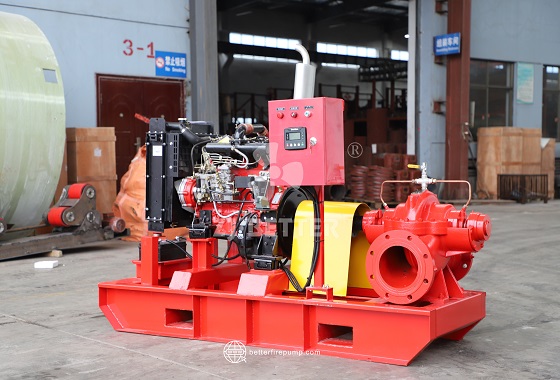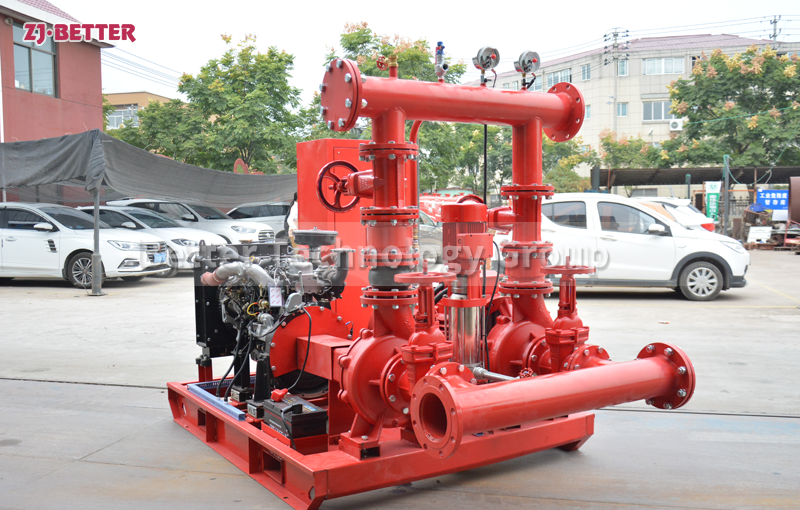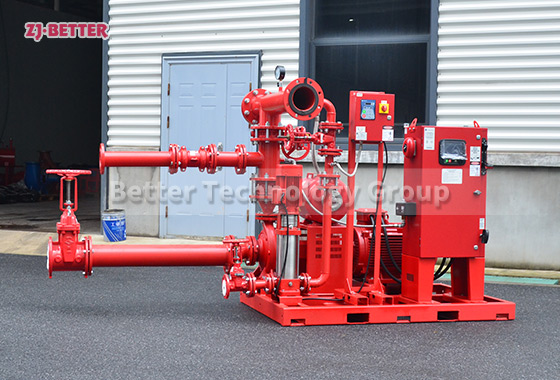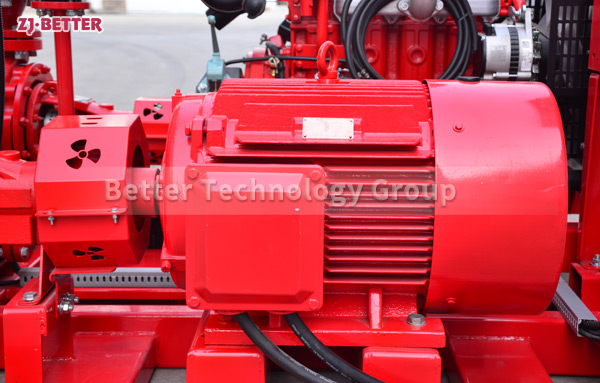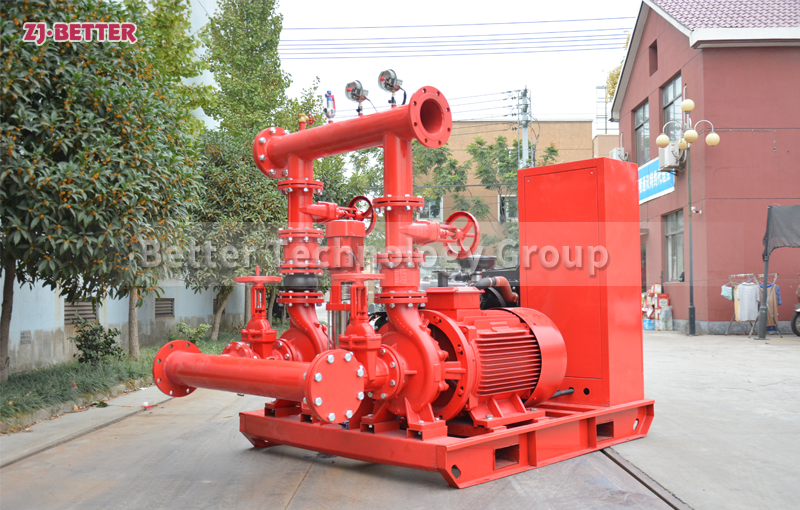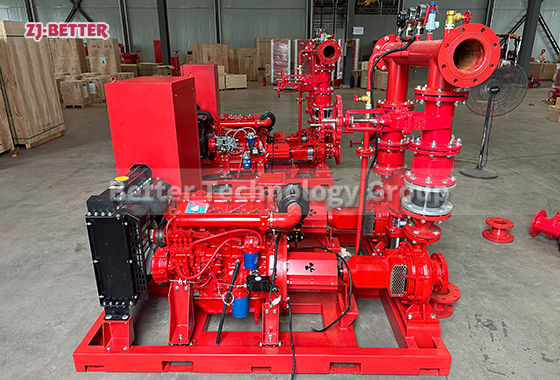Structural characteristics of electric multistage pump sets
A multistage pump is a multistage centrifugal pump in which two or more impellers are installed on the pump shaft and connected in series to work together. A horizontal multistage centrifugal pump refers to a multistage pump in which centrifugal pumps with two or more impellers are combined. The multistage centrifugal pump is characterized by high efficiency and energy saving, wide range of use, special purpose, stable operation, long service life, convenient installation and maintenance, etc.
A multistage pump is a pump with two or more impellers. Common structures include volute multistage pumps and segmented multistage pumps.
The volute multistage pump generally adopts a split structure for easy maintenance, and is conducive to the symmetrical arrangement of the impellers, reducing the axial force acting on the rotor. But the manufacturability of this structure is poor: the more stages, the more complicated the shape of the pump body and the cover, and the larger the overall size of the pump, especially some interstage channels need to be arranged between the stages, so that the pump’s The shape is more complicated. Moreover, when the number of stages is large and the head is high, it is more difficult to seal the center opening. Based on these factors, the wide application of this structure is limited.
The segmented multistage pump has a compact structure, which is conducive to improving the standardization and generalization. Since the head of the pump with this structure depends on the number of stages of the pump, the head of this pump has a wide range.



